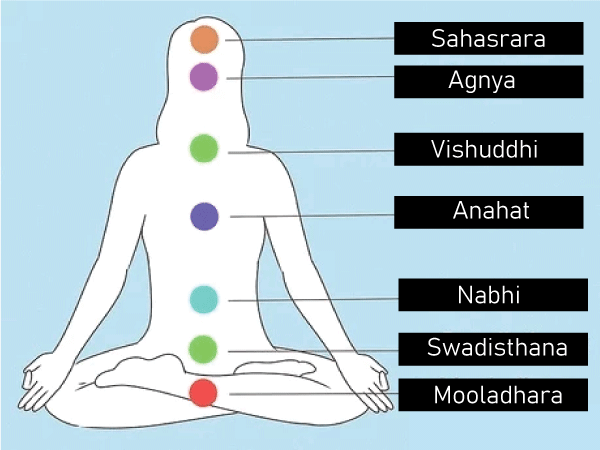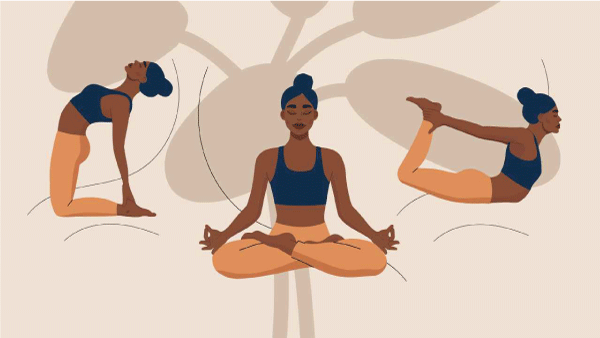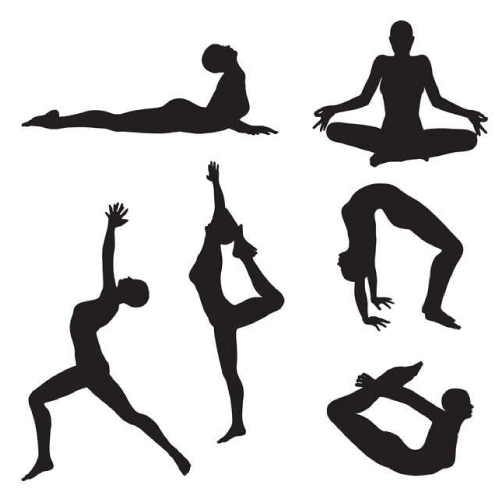Yoga DefinitionThe word "union" or "connection" is yoga. Yoga is a term that may refer to any relationship in Sanskrit. Yoga is a set of practices that enable us to connect to everything and a state of being that fosters connection. We may feel and experience something, a person, or an event when we are connected to it consciously. The state of the connection is a yoga state, one that is joyous, delightful, and gratifying. In yoga, awareness is the key. 
Several Routes to YogaTantra, mantra, laya, kundalini, bhakti, jnana, karma yoga, and other ancient yogic practices helping us connect to the deepest truth and awaken our consciousness. Each path has its ways and tactics for fostering a deeper awareness of oneself and life. Asana (posture), pranayama (breathing), mudra and bandha (regulation of subtle energies), shat karma (purification of the body-mind), visualizations, mantra chanting, and other types of meditation are all included in yoga practices. Daily Use of YogaYoga is a method that helps us become more conscious of who we are on the most fundamental level. Yoga practices help us find balance, maintain good health, and awaken our buried potential. Yoga helps us feel connected and more aware of who we are. Yoga is a journey of self-discovery as a result. This helps us gain self-control and self-awareness. As a science, yoga
In the Raja Yoga system, the great teacher Patanjali provided one of the greatest definitions of yoga. Yoga, according to him, is the blockage of mental changes (chitta vritti) to let the seer (drashta) rediscover their true selves. One of India's six or seven primary philosophies, Patanjali's approach has come to represent Classical Yoga Philosophy at its pinnacle. Yoga Hatha Definition
Asanas (postures), breathing exercises (pranayama), shat karmas (purification rituals), and energy management exercises are all included in hatha yoga (mudra and bandha). The Hatha Yoga literature describes yoga as the union of the upward strength called prana and the downward force called apana at the abdominal centre called Manipura chakra. Hatha yoga helps us to control our whole life energy, also known as prana. We may connect to the source of our existence by developing our ability to sense and control life energy. Definition of Kundalini YogaThe art of releasing the latent potential energy at the base of the spine is known as kundalini yoga (kundalini). The word "yoga" in kundalini yoga describes the union of the mental stream called ida and the pranic current, either in the base chakra or the third eye called ajna chakra and Muladhara chakra. Tying the body and intellect together reconciles our internal dualism and promotes the emergence of spiritual awareness. GoalsAs a process (or practise) leading to oneness (Aikyam) with the almighty (Brahman) or with one's Self, yoga's ultimate aims are to stop the mind and obtain insight, rest in detached awareness, and achieve liberation (Moksha) from sasra and dukha. Each philosophical or religious system has a different objective. According to the traditional Astanga yoga style, the ultimate objective of yoga is to reach samadhi and continue to exist there as pure consciousness. The five main meanings of yoga, according to Knut A. Jacobsen, are as follows:
Traditions that focus on certain yoga practices include prefixes like "hatha-, mantra-, and laya-" The purpose of practicing yoga According to David Gordon White, the fundamental tenets of yoga were largely established in the fifth century CE and changed through time. The development and broadening of consciousness beyond self-awareness to include everyone and everything. A way to alleviate pain, experience inner peace, and find redemption through meditation is to identify defective perception and cognition and learn how to overcome it. Hindu literature like the Bhagavad Gita and Yogasutras, as well as several Buddhist Mahyna works and Jain texts, all provide examples of this idea. These are covered in sources, including the Jain Praamaratiprakarana and Buddhist Nikaya texts, Hinduism's Vedic literature, and its epic Mahabharata. A way of life that leads to enlightenment and omniscience, allowing one to understand both temporary (false, illusory) and permanent (true, transcendent) reality. Buddhist Mdhyamaka writings and literature from the Nyaya and Vaisesika schools of Hinduism have examples of this in somewhat different ways. A method for assuming other bodies, creating many bodies, and doing other supernatural feats. According to White, they are discussed in Tantric writings from Buddhism and Hinduism and the Buddhist Smaaphalasutta. On the other hand, James Mallinson is of the opposite opinion. He contends that such outlier practices are quite different from the purpose of mainstream yoga as a meditation-based path to liberation in Indian religions. White claims that the final principle belongs to the mythical purposes of practicing yoga, which is different from the actual reasons for yoga as they have been understood and used in South Asian ideas and tradition since the dawn of the Common Era in the Hindu, and Jain philosophical schools and Buddhists. History of Yoga
There is no agreement on the history or origins of yoga, except that it originated in ancient India. Two main hypotheses explain how yoga came to be. According to the linear model, Buddhism inspired yoga and had Vedic roots (as shown in the Vedic literature). Based on the synthesizing approach, yoga is a blend of native, non-Vedic practices with Vedic features. Hindu academics mostly endorse this paradigm-western academics like this approach. Yoga theories originally appeared in the earliest Upanishads in the first part of the first 1st Century, and from around 500 to approximately 200 BCE, they also appeared in Jainism and Buddhist literature. Hindu, Buddhist, and Jain philosophical traditions began to take form between 200 BCE and 500 CE. Sutras were created by compiling teachings, and the Patanjaliyogasastra ideology began to emerge. Several yoga satellite traditions emerged throughout the Middle Ages. During the middle of the 19th Century, it and other facets of Indian philosophy were introduced to the educated Western audience. In Yoga Sutras 2.29, Patanjali described an eight-limbed yoga:
Next TopicInfertility Definition
|
 For Videos Join Our Youtube Channel: Join Now
For Videos Join Our Youtube Channel: Join Now
Feedback
- Send your Feedback to [email protected]
Help Others, Please Share










